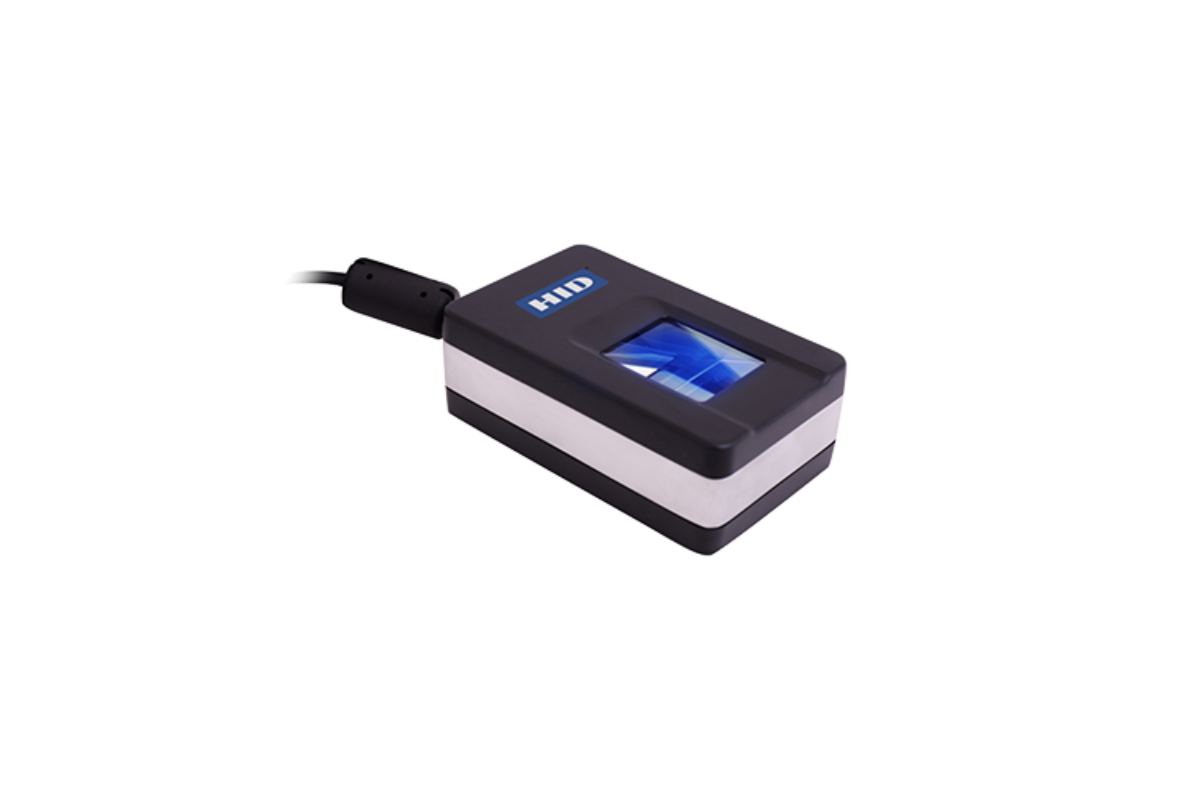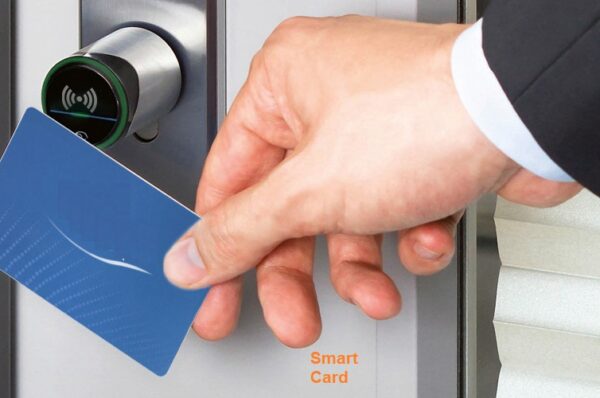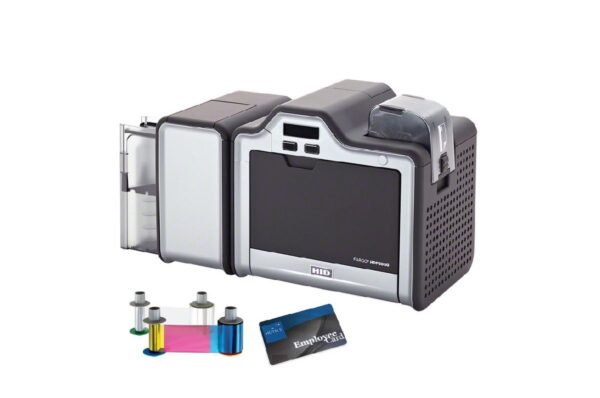A fingerprint reader is a biometric security device used to identify and authenticate individuals based on the unique patterns of their fingerprints. These readers have become increasingly common for various applications, offering a convenient and often secure alternative to traditional passwords or keys. Fingerprint Reader Digitalpersona 5300 Price is Rs. 28000/-
-
How Fingerprint Readers Work:
Most fingerprint readers work by capturing a digital image of your fingerprint and then comparing it to a previously stored template. Here’s a simplified overview:
-
Capture: When you place your finger on the reader, a sensor captures an image of the unique pattern of ridges and valleys on your fingertip. Different types of scanners use various technologies for this:
- Optical Scanners: These illuminate your finger with light and use a camera to take a digital photograph of the fingerprint.
- Capacitive Scanners: These use an array of tiny capacitors to measure the electrical charge differences between the ridges and valleys of your fingerprint.
- Ultrasonic Scanners: These use high-frequency sound waves to create a 3D map of your fingerprint’s surface.
- Thermal Scanners: These detect the temperature differences across the ridges and valleys of your fingerprint.
-
Image Processing: The captured image is then processed to enhance its clarity and extract key features.
-
Feature Extraction: The reader identifies unique points on your fingerprint, called minutiae (like ridge endings and bifurcations).
-
Template Creation: This extracted information is converted into a digital template or algorithm, which is a mathematical representation of your fingerprint. Importantly, the reader typically doesn’t store a full image of your fingerprint, but rather this encrypted template, for security reasons.
-
Matching: When you attempt to authenticate, the reader captures a new scan of your fingerprint and creates a new template. This new template is then compared to the stored template(s).
-
Authentication: If the matching algorithm finds a sufficient degree of similarity between the new template and a stored template, you are authenticated and granted access.
Common Applications:
You’ll find fingerprint readers used for a variety of purposes around the world:
- Smartphone Security: Unlocking devices and authenticating app access.
- Computer Access: Logging into laptops and desktop computers.
- Physical Access Control: Securing entry to buildings, offices, and restricted areas.
- Time and Attendance Systems: Tracking employee clock-in and clock-out times.
- Point of Sale (POS) Systems: Authorizing transactions.
- Law Enforcement: Identification and verification purposes.
- Border Control and Immigration: Verifying identities.
- Banking and Financial Services: Secure account access and transactions.
Types of Fingerprint Readers:
As mentioned earlier, different technologies are used in fingerprint readers:
- Optical: Older and generally less secure against spoofing but cost-effective.
- Capacitive: More common in smartphones, offering a good balance of security and size.
- Ultrasonic: Found in some high-end smartphones, known for their accuracy and security, as they can read beneath the skin’s surface.
- Thermal: Less common, using heat to map fingerprints.
- Swipe vs. Touch: Some older readers required swiping a finger across a sensor, while most modern readers are touch-based, requiring you to place your finger on a static sensor.
- In-Display: Found in many modern smartphones, where the fingerprint sensor is integrated into the screen itself (often using optical or ultrasonic technology).
Security Considerations:
While generally considered secure, fingerprint readers are not foolproof. Some potential vulnerabilities include:
- Spoofing: Using fake fingerprints made from materials like silicone or gelatin to trick the reader. However, modern readers often have anti-spoofing measures.
- Latent Fingerprints: In some cases, attackers might try to lift and use latent fingerprints left on the scanner.
- Malware or Hacking: Compromising the software or hardware of the fingerprint reader system.
Despite these risks, when implemented correctly with good quality sensors and software, fingerprint readers offer a strong layer of security and convenience.
If you’re looking to use a fingerprint reader in Lahore, consider the specific application, your security requirements, and the type of reader that best suits your needs and budget. You can find various types of fingerprint readers from IT and security solution providers in Lahore.
-
For detail and buy +92-309-786-2487
- PKR 28,000 (as stated by ITS RFID, a certified partner of HID Global)
- ITS RFID: (https://itsrfid.com.pk/product/hid-digitalpersona-5300-fingerprint-reader/)
- HID DigitalPersona 4500 Fingerprint



